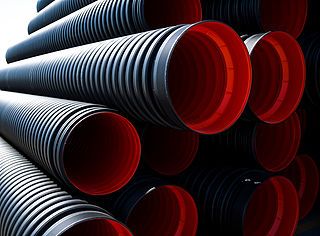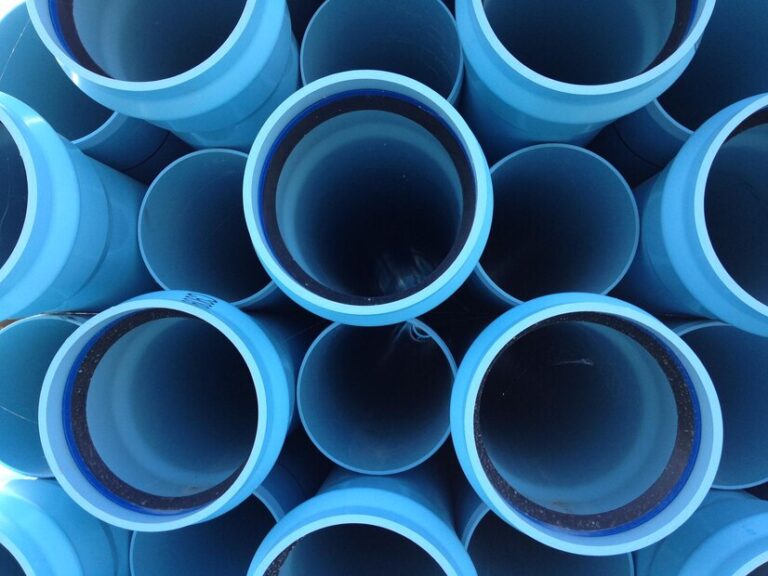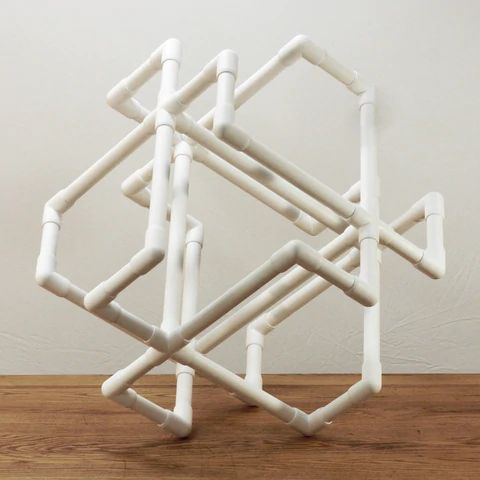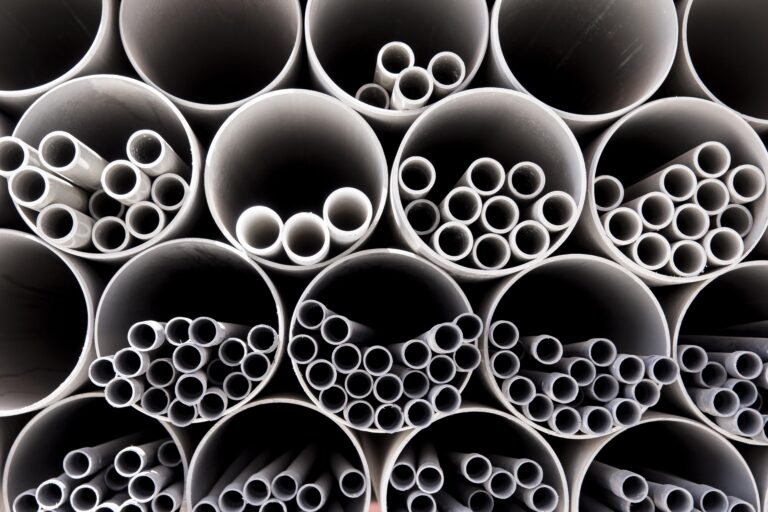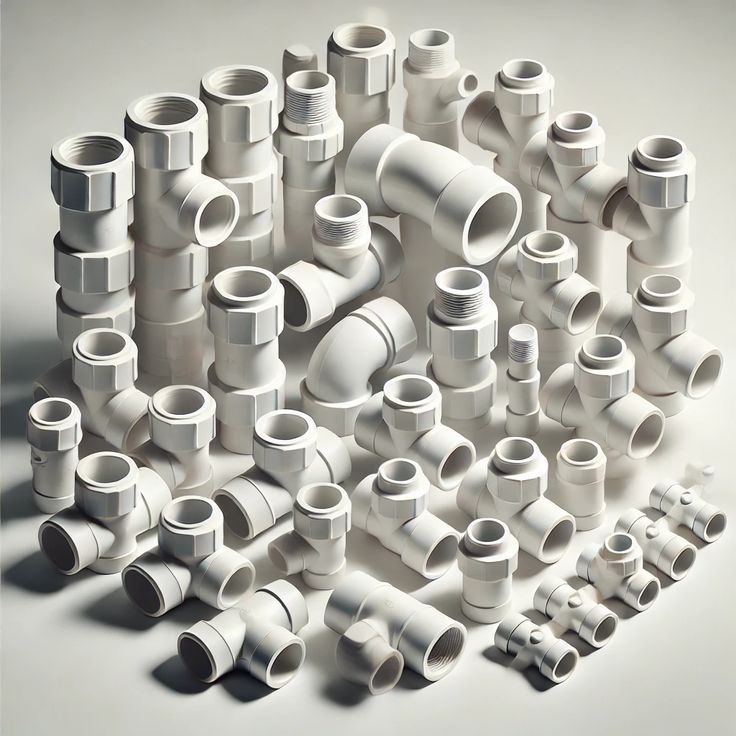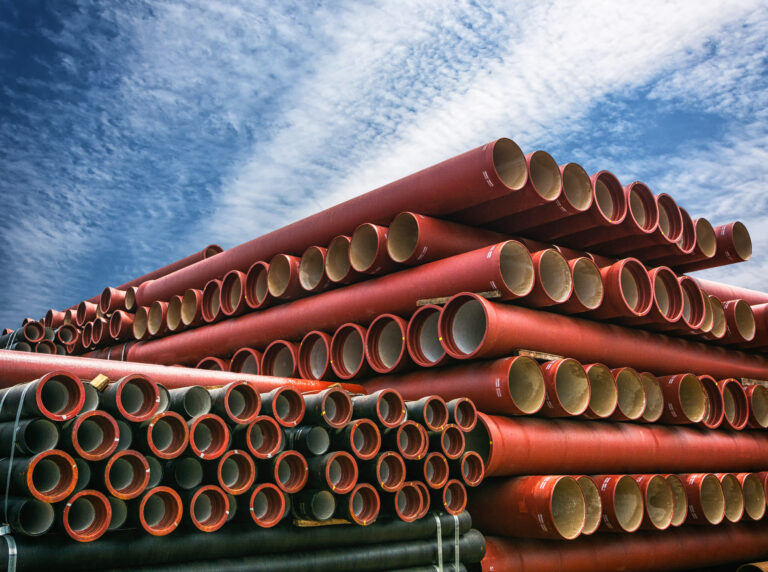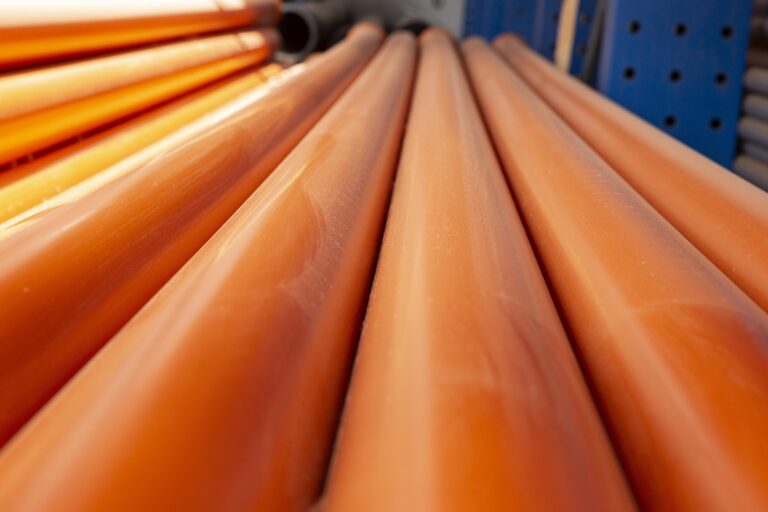Choosing the Best Underground Drainage Pipes for Your Project
Underground drainage systems are crucial for maintaining a healthy and functional infrastructure. They ensure the proper disposal of wastewater and prevent flooding or damage to buildings. Whether you’re working on a residential, commercial, or industrial project, choosing the right underground drainage pipes is essential for the system’s longevity, efficiency, and cost-effectiveness. In this article, we will guide you through the different types of underground drainage pipes, factors to consider when choosing the best pipe for your project, and the overall costs associated with underground drainage solutions.
Why Choosing the Right Underground Drainage Pipe Matters
When it comes to underground drainage, the pipes you choose will directly impact the effectiveness of the entire system. Choosing the wrong type of pipe can lead to frequent blockages, leaks, and even pipe bursts, all of which are costly and time-consuming to repair. Additionally, certain types of drainage pipes are more suited to specific environments or soil conditions, making it essential to understand the key factors involved in selecting the right pipes for your project. Here are a few reasons why choosing the best underground drainage pipe is critical:
- Durability: Underground drainage pipes must be able to withstand harsh environmental conditions, including shifting soil, freezing temperatures, and the weight of the ground above.
- Flow Efficiency: Properly selected pipes ensure smooth water flow, preventing clogging and ensuring the system’s efficiency.
- Cost-Effectiveness: By investing in high-quality drainage pipes upfront, you can avoid future repair and replacement costs, saving money in the long run.
- Compliance with Local Regulations: Depending on your location, there may be specific standards or regulations governing underground drainage systems that you must follow.
Types of Underground Drainage Pipes
There are several types of pipes available for underground drainage systems, each with its own set of advantages and ideal use cases. Below, we will discuss the most common types of underground drainage pipes and their characteristics:
1. PVC (Polyvinyl Chloride) Pipes
PVC pipes are one of the most popular choices for underground drainage systems due to their affordability, ease of installation, and resistance to corrosion. They are lightweight, easy to handle, and offer excellent chemical resistance, making them suitable for a wide range of drainage applications. PVC pipes are commonly used in residential and commercial projects and are effective for both gravity and pressurized drainage systems.
- Advantages:
- Lightweight and easy to install.
- Resistant to corrosion and chemicals.
- Cost-effective.
- Long lifespan.
- Disadvantages:
- Can become brittle over time when exposed to sunlight (UV rays).
- Not suitable for areas with heavy vehicular traffic, as they may crack under pressure.
2. HDPE (High-Density Polyethylene) Pipes
HDPE pipes are another excellent option for underground drainage systems. Known for their flexibility, strength, and resistance to abrasion, HDPE pipes are suitable for use in challenging environments where other types of pipes may fail. They are commonly used for large-scale drainage projects and are designed to handle higher pressures and more extreme conditions than PVC pipes.
- Advantages:
- Highly flexible and resistant to cracking or breaking.
- Can withstand high-pressure environments.
- Suitable for areas with shifting soil or aggressive drainage needs.
- Resistant to corrosion and chemicals.
- Disadvantages:
- More expensive than PVC pipes.
- Requires specialized installation equipment.
3. Clay Pipes
Clay pipes are a traditional choice for underground drainage systems and are known for their durability and resistance to chemical corrosion. Although they are less commonly used today, they can still be found in older drainage systems. Clay pipes are often used for gravity-fed drainage systems and are especially effective in areas with low to moderate soil acidity.
- Advantages:
- Extremely durable and long-lasting.
- Non-toxic and resistant to chemical corrosion.
- Ideal for gravity-fed systems.
- Disadvantages:
- Heavy and difficult to handle.
- More expensive than modern plastic pipes.
- Prone to cracking under pressure or impact.
4. Concrete Pipes
Concrete pipes are often used for large-scale underground drainage systems, such as those in industrial applications or municipal projects. These pipes are highly durable and capable of handling high volumes of water. Concrete pipes are typically used in areas with high traffic or heavy loads, as they are designed to withstand significant external pressure.
- Advantages:
- Extremely strong and durable.
- Suitable for high-pressure systems.
- Can withstand extreme loads and environmental stress.
- Disadvantages:
- Heavy and difficult to install.
- Prone to cracking if not properly installed or maintained.
- Expensive compared to other types of pipes.
Factors to Consider When Choosing the Best Underground Drainage Pipe
When selecting the best pipe for underground drainage, several factors must be taken into account to ensure that the system operates efficiently and lasts for many years. Here are the key considerations to keep in mind:
1. Soil and Environmental Conditions
The type of soil and environmental conditions in your area will play a significant role in determining the best underground drainage pipe for your project. For example, if the soil is highly acidic or prone to shifting, you may need a more robust pipe like HDPE or concrete to prevent damage over time. Additionally, areas with freezing temperatures require pipes that can withstand freezing and thawing cycles.
2. Pipe Size and Flow Capacity
Choosing the right pipe size is essential to ensure the proper flow of wastewater or stormwater. Larger pipes are generally required for larger drainage systems, such as those used in commercial or industrial applications. Conversely, smaller pipes may suffice for residential drainage projects. You must also consider the expected flow capacity to avoid blockages and backups.
3. Installation and Maintenance
Ease of installation and maintenance is another important factor. PVC and HDPE pipes are both lightweight and easy to install, reducing labor costs. Clay and concrete pipes, on the other hand, are heavier and may require specialized installation techniques. Consider whether your team has the necessary equipment and expertise to handle the installation and future maintenance of the pipes.
4. Cost and Budget
The price of underground drainage pipes varies widely depending on the material, size, and installation complexity. PVC pipes are generally the most affordable, followed by HDPE, while clay and concrete pipes tend to be more expensive. When budgeting for your project, it’s important to consider both the upfront cost and the long-term durability of the pipes.
Underground Drainage Pipe Price
The price of underground drainage pipes can vary based on the material, size, and the manufacturer. Here is a general price range for some of the most common types of underground drainage pipes:
- PVC Pipes: Generally range from ₹40 to ₹150 per meter, depending on the size and brand.
- HDPE Pipes: These can cost between ₹70 and ₹250 per meter, depending on the thickness and size.
- Clay Pipes: These are more expensive, generally ranging from ₹150 to ₹300 per meter.
- Concrete Pipes: The cost for concrete pipes typically ranges from ₹200 to ₹400 per meter.
Keep in mind that these prices are subject to change based on location, availability, and market conditions. It’s essential to get quotes from multiple suppliers and manufacturers to ensure that you’re getting the best price for the quality of pipe you need.
Conclusion
Choosing the best underground drainage pipe is crucial for the success of your project. By understanding the different types of pipes available, their advantages and disadvantages, and the factors that impact your choice, you can make an informed decision that ensures the longevity and efficiency of your drainage system. Whether you opt for PVC, HDPE, clay, or concrete pipes, the right choice will depend on your specific project needs, environmental conditions, and budget.
Frequently Asked Questions
Are PVC pipes suitable for underground drainage?
Yes, PVC pipes are widely used for underground drainage due to their affordability, ease of installation, and resistance to corrosion.
How much do underground drainage pipes cost?
The cost of underground drainage pipes varies by material. PVC pipes cost around ₹40 to ₹150 per meter, while HDPE pipes range from ₹70 to ₹250 per meter.
How long do underground drainage pipes last?
Depending on the material, underground drainage pipes can last anywhere from 20 to 50 years. PVC and HDPE pipes tend to have longer lifespans than clay or concrete pipes.
Can underground drainage pipes be repaired if damaged?
Yes, most underground drainage pipes can be repaired. However, the process depends on the type of pipe and the extent of the damage.
Which pipe is most resistant to chemicals for underground drainage?
HDPE pipes are known for their excellent resistance to chemicals, making them ideal for environments where chemical exposure is a concern.

